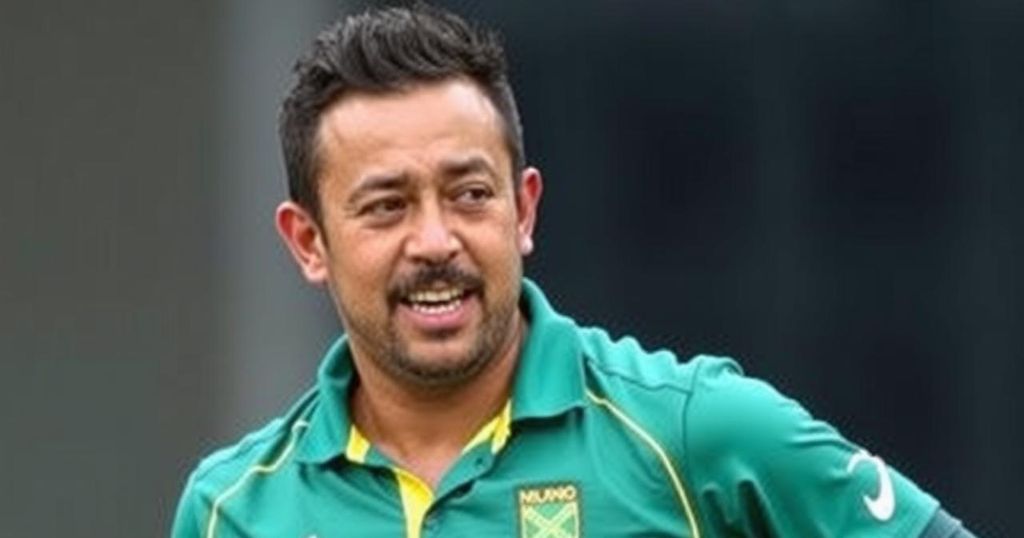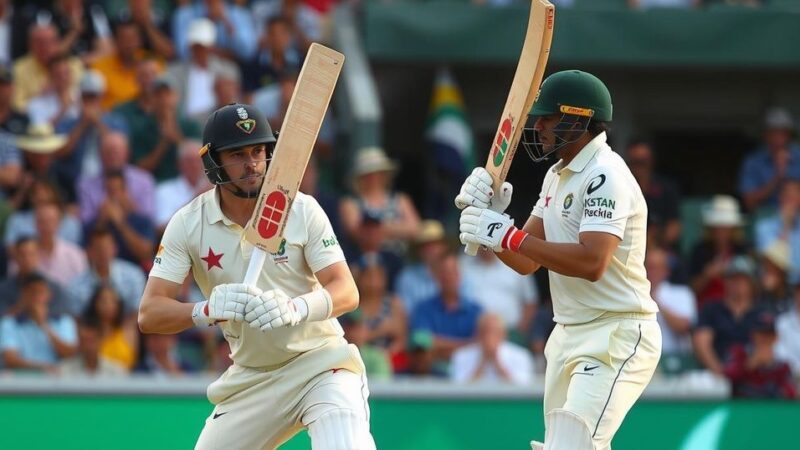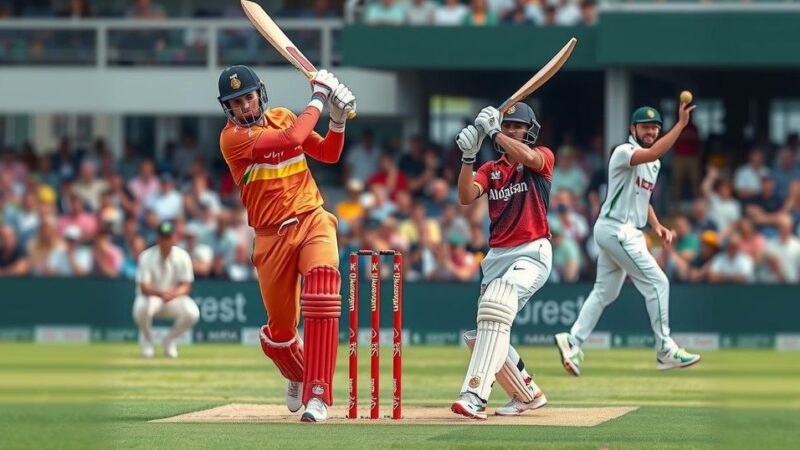South Africa elected to bat first against Pakistan in the first ODI, with Andile Phehlukwayo replacing the injured Keshav Maharaj. Both teams featured returning players and strategized differently in response to previous matches as they prepare for the Champions Trophy next year.
In the first One Day International (ODI) against Pakistan, South Africa opted to bat after winning the toss in Paarl. The hosts made a significant change in their lineup as Keshav Maharaj, due to a minor injury, was replaced by pace-bowling allrounder Andile Phehlukwayo. Aiden Markram served as the captain for South Africa, which featured only one specialist spinner, Tabraiz Shamsi, as they faced Pakistan in their last bilateral series before the forthcoming Champions Trophy.
The South African squad included notable players returning from the Test series against Sri Lanka, such as Kagiso Rabada and Marco Jansen. Conversely, Pakistan welcomed back Babar Azam, Shaheen Afridi, and Naseem Shah, who had previously missed the team that faced Zimbabwe. Pakistan adopted a bowling strategy with only four specialist options and included leg-spinner Abrar Ahmed in place of an additional seamer, along with vice-captain Salman Ali Agha to potentially strengthen their spin options.
This article discusses the first ODI between South Africa and Pakistan, highlighting team compositions and key player changes. Given that this series is crucial for both teams ahead of the Champions Trophy next year, each side has adjusted their rosters, notably due to player absences from previous matches. Such changes reflect strategic decisions, especially the reliance on spinners in Pakistan’s bowling lineup.
In summary, South Africa’s choice to bat first upon winning the toss, coupled with their adjustment against Pakistan due to players’ injuries and returns, marks a decisive moment in this ODI series. Both teams are gearing up for the Champions Trophy next year, making this encounter particularly significant. South Africa’s batting lineup showcases a blend of seasoned players with the potential for a strong performance, while Pakistan’s strategic bowling approach could prove critical in restricting runs.
Original Source: www.espncricinfo.com






